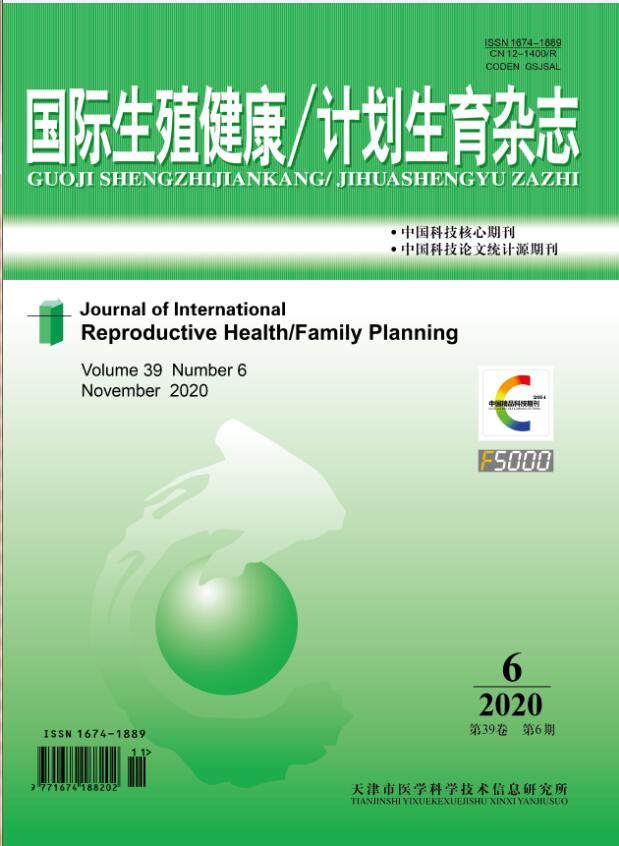|
|
Management of Donoring Semen Treatment
YU Li-zhi;ZHAO Yu-ya;LI Li
2012, 31 (1):
23-25.
ART brings us much questions on ethical problem, and debate much more than ever before. The ethical principles of ART include 7 fields, including patients benifit, the informed consent, offspring protection, social services, privacy protection, being strictly on guard against commercialization, and ethical overseeing. The clashes of ethic notion in AID are more obvious. If we don't have the standardized management, serious consequences in society and ethics could be produced. Based on the recent 5 years of clinical practice, our hospital had made many good attempts in management of ART, and constructed a series of effective management policies such as the informed consent, following up and semen freezing. The management was proved to be effctive.
Related Articles |
Metrics
|

